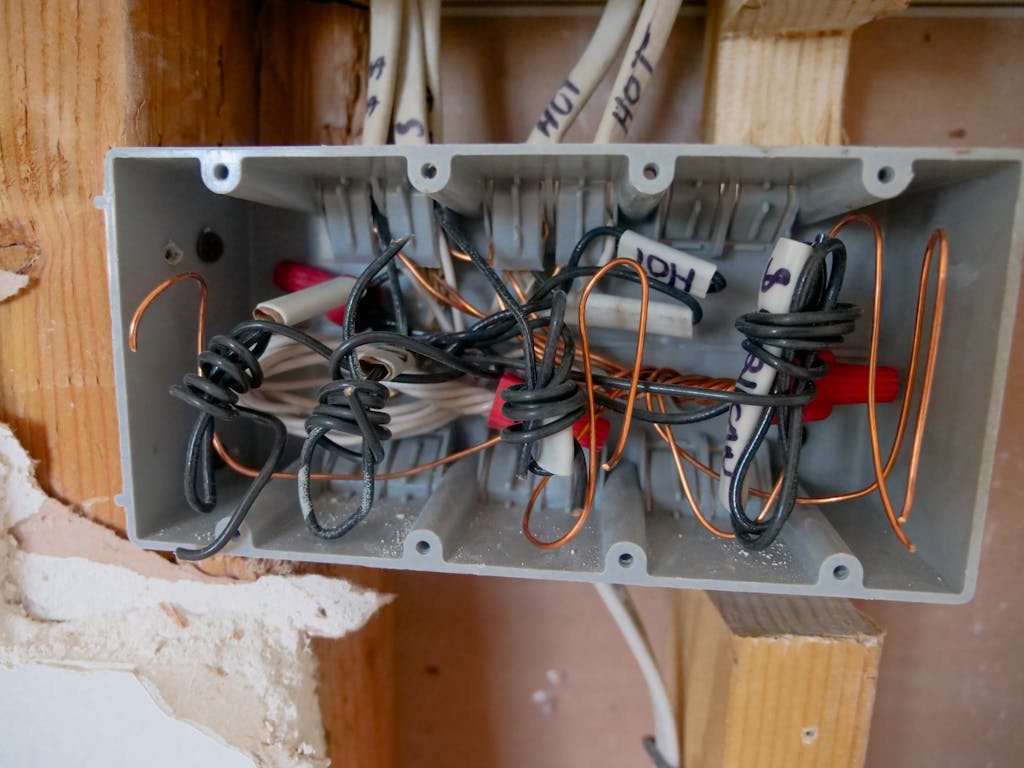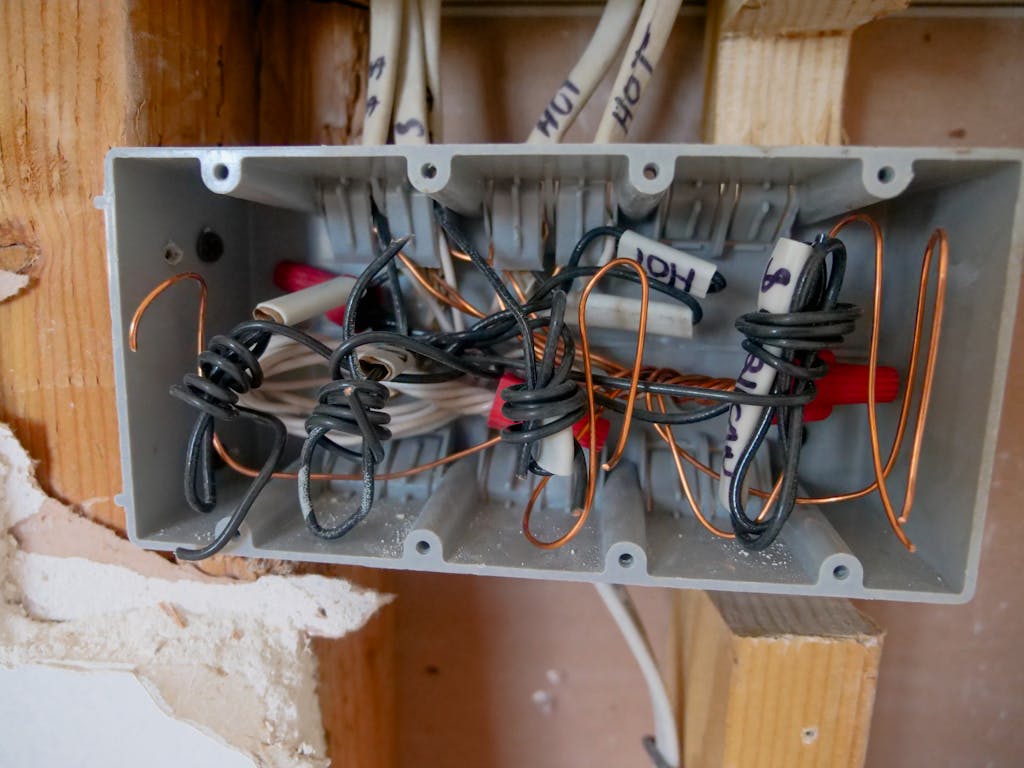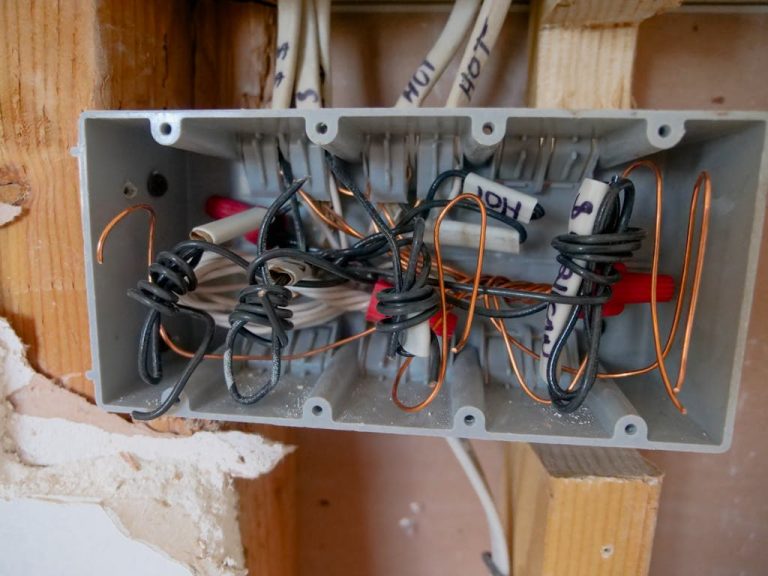Don’t Let Hidden Electrical Faults Cost You
Electrical issues aren’t always obvious. Flickering lights, occasional breaker trips, or even a faint burning smell might seem minor – but these could indicate serious underlying problems.
Professional fault finding is the only way to uncover hidden risks in your home or business wiring, ensuring both safety and compliance with South African standards.
In Cape Town and across South Africa, faulty electrical installations are a leading cause of property fires and insurance claim denials. According to the Electrical Contractors Association of South Africa (ECA(SA)), hundreds of homes fail compliance inspections yearly due to undetected faults.

1. What Is Fault Finding?
Fault finding is a systematic process of identifying and diagnosing electrical problems in a property. It involves:
- Testing circuits for continuity, resistance, and proper load
- Inspecting outlets, switches, and light fittings for wear or damage
- Checking distribution boards (DB) and breakers for faults
- Identifying appliance-related issues that affect overall system stability
Unlike guessing or trial-and-error, professional fault finding uses specialized diagnostic tools and expertise to pinpoint the exact cause of the problem safely.
2. Common Electrical Faults in South African Homes
Electrical faults can vary from minor inconveniences to major safety hazards:
- Circuit breaker tripping – indicates overloads or short circuits
- Flickering or dimming lights – voltage drops or loose wiring
- Burning smells or buzzing – overheated cables or poor connections
- Power outages in specific areas – faulty circuits or damaged wiring
- Shocks from appliances – inadequate earthing or insulation faults
Ignoring these signs increases the risk of electrical fires, appliance damage, and invalid CoC (Certificate of Compliance).
3. How Fault Finding Works
Professional electricians follow a structured approach:
- Initial Assessment:
Visual inspection of your property’s electrical system to identify obvious hazards. - Circuit Isolation:
Each circuit is isolated and tested individually to determine where the fault lies. - Diagnostic Testing:
Use of multimeters, insulation testers, and thermal imaging to detect hidden issues. - Appliance Testing:
Appliances are checked to ensure they aren’t the source of surges or trips. - Reporting & Recommendations:
Detailed report outlining faults, repair options, and potential upgrades. Recommendations often include rewiring or DB upgrades if the installation is outdated.
4. When Fault Finding Reveals Bigger Issues
Sometimes, fault finding uncovers problems that require more than simple repairs, such as:
- Old or degraded wiring – often found in homes built before 1990
- Insufficient circuit capacity – cannot handle modern appliances
- Faulty distribution boards – breakers failing to trip or overload protection insufficient
- Non-compliance issues – wiring not meeting SANS 10142-1 standards
In these cases, rewiring, DB upgrades, or partial renovations may be necessary. Fault finding ensures these actions are targeted and cost-effective, avoiding unnecessary work.
5. Fault Finding + Rewiring + Renovations: The Complete Safety Bundle
When renovating a home or upgrading circuits:
- Combine fault finding with rewiring to modernize the system.
- Upgrade lighting, power outlets, and DB boards while walls and ceilings are accessible.
- Ensure all work is tested and certified for compliance.
- Obtain or update a Certificate of Compliance (CoC) for safety, insurance, and resale value.
This approach reduces the risk of future electrical faults and ensures your property is safe for family, tenants, or buyers.
6. Common Signs You Need a Pro Electrician
Call a professional if you notice:
- Frequent breaker trips or blown fuses
- Buzzing sockets or flickering lights
- Burn marks on outlets or switches
- Appliances receiving shocks or performing erratically
- DIY electrical modifications that may be unsafe
Attempting DIY repairs on live wiring is illegal in South Africa and extremely dangerous. Only registered electricians with valid licenses can legally work on fixed wiring.
7. How Ronald George Electrical Handles Fault Finding
Ronald George Electrical offers comprehensive fault finding services in Cape Town and surrounding areas. Our certified electricians:
- Conduct full system diagnostics for homes, offices, and industrial properties
- Identify underlying faults before they cause damage or fire
- Recommend repairs, rewiring, or upgrades based on compliance standards
- Issue or update Certificates of Compliance (CoC) after any work
- Ensure all work follows SANS 10142-1 wiring standards and the OHS Act
With over 35 years of experience, RG Electrical is trusted by homeowners, landlords, and businesses across South Africa.
Experiencing unexplained trips or flickering lights?
Call Ronald George Electrical today for professional fault finding and ensure your home is safe, efficient, and compliant.
8. Final Thoughts: Safety First, Always
Faults in your electrical system can hide behind seemingly minor symptoms. Early intervention with professional fault finding can:
- Prevent electrical fires
- Avoid appliance damage
- Maintain insurance coverage
- Save money by targeting repairs efficiently
- Ensure compliance with South African safety regulations
Whether you’re renovating, selling, or just maintaining your property, professional fault finding should be part of your preventative maintenance plan. Don’t wait for a disaster – act now.



